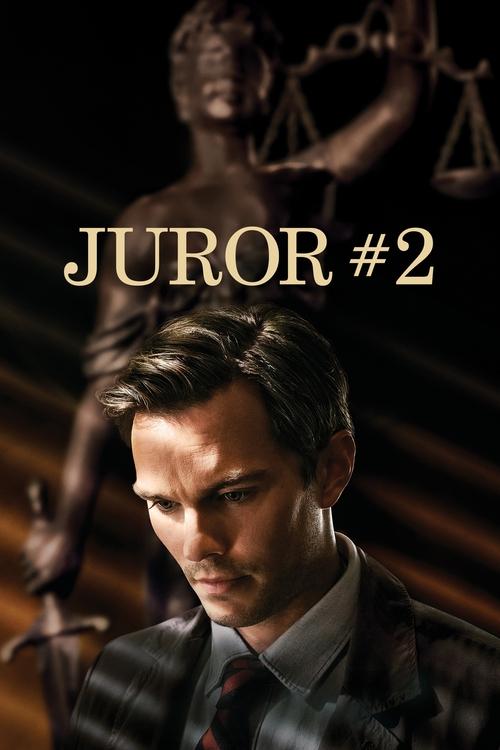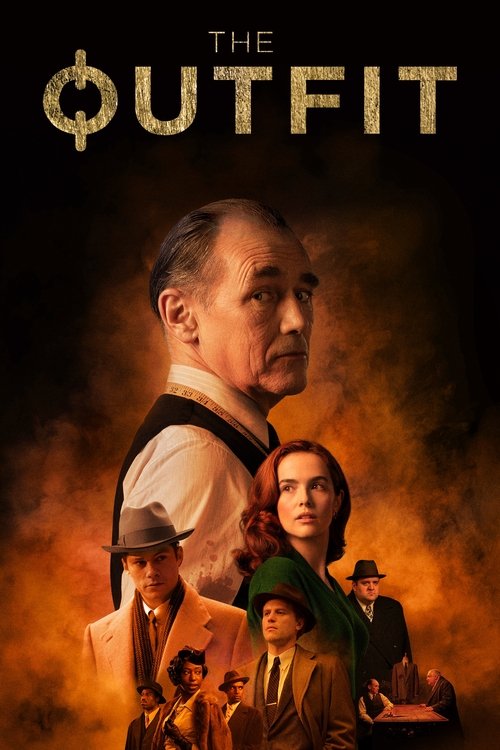
Ask Your Own Question
What is the plot?
What is the ending?
In the ending of "Stealing Chaplin," the main character, a thief named Leo, finds himself in a precarious situation as he grapples with the consequences of his actions. After a series of events involving the stolen body of Charlie Chaplin, Leo ultimately decides to return the body, leading to a resolution that reflects on themes of redemption and the impact of legacy.
As the film draws to a close, Leo is faced with the weight of his choices. He has been on a journey that has taken him from desperation to a deeper understanding of the value of life and legacy. In a moment of clarity, he chooses to return Chaplin's body, recognizing the importance of honoring the great comedian's legacy rather than profiting from it. This act of redemption signifies a turning point for Leo, who has been portrayed as a desperate man seeking a way out of his troubles.
The film concludes with Leo's decision to return the body, which leads to a sense of closure for both him and the audience. The final scenes depict Leo walking away from the graveyard, a sense of peace washing over him as he reflects on his journey. The film ends on a note of hope, suggesting that even in the darkest of times, one can find a path to redemption.
Now, let's delve into the ending in a more detailed, chronological narrative.
As the climax of "Stealing Chaplin" unfolds, Leo finds himself in a dimly lit room, the stolen body of Charlie Chaplin lying before him. The tension is palpable; Leo's heart races as he contemplates the enormity of what he has done. The weight of the world seems to rest on his shoulders, and he is torn between the allure of wealth and the moral implications of his actions.
In a moment of introspection, Leo recalls the laughter and joy that Chaplin brought to the world through his films. The memories flood back, and he begins to understand that Chaplin's legacy is far more valuable than any monetary gain he could achieve from the theft. The realization hits him hard, and he feels a deep sense of regret for having disrespected such an iconic figure.
Determined to make amends, Leo decides to return Chaplin's body. He gathers the courage to confront the consequences of his actions, knowing that this decision may not only change his life but also honor the legacy of the man he once sought to exploit. As he makes his way to the cemetery, the atmosphere is heavy with anticipation. The sun begins to set, casting a golden hue over the landscape, symbolizing the hope that lies ahead.
Upon arriving at the cemetery, Leo is filled with a mix of anxiety and resolve. He approaches Chaplin's grave, the weight of the moment pressing down on him. With trembling hands, he places the body back in its rightful resting place, whispering an apology that echoes in the stillness of the evening. This act of returning Chaplin to his final resting place is cathartic for Leo; it signifies a turning point in his life, a moment where he chooses integrity over greed.
As Leo steps back from the grave, a sense of peace envelops him. The internal conflict that has plagued him throughout the film begins to dissipate. He takes a deep breath, feeling lighter, as if a burden has been lifted. The camera captures his expression, a mixture of relief and newfound purpose.
In the final scenes, Leo walks away from the cemetery, the sun setting behind him, casting long shadows that symbolize the past he is leaving behind. He reflects on his journey, the mistakes he has made, and the lessons he has learned. The film closes with Leo looking forward, a man transformed by his experiences, ready to embrace a future that honors the legacy of Charlie Chaplin rather than tarnishing it.
The fate of each main character is intertwined with this resolution. Leo, once a desperate thief, emerges as a man seeking redemption. The film leaves the audience with a sense of hope, suggesting that even those who stray can find their way back to the right path. The legacy of Chaplin remains intact, a reminder of the joy and laughter he brought to the world, while Leo's journey serves as a testament to the power of choice and the possibility of change.
Is there a post-credit scene?
In the movie "Stealing Chaplin," there is no post-credit scene. The film concludes its narrative without any additional scenes or content after the credits roll. The story wraps up with a focus on the emotional and dramatic arcs of the characters, particularly highlighting the consequences of the theft of Charlie Chaplin's body and the impact it has on those involved. The absence of a post-credit scene allows the audience to reflect on the themes of legacy, loss, and the human experience that the film explores.
What motivates the character of the thief in Stealing Chaplin?
The thief, played by a character named 'The Kid', is driven by desperation and a longing for a better life. He is struggling financially and sees the opportunity to steal Charlie Chaplin's body as a way to secure a fortune. His internal conflict is palpable as he grapples with the morality of his actions versus the need to survive.
How does Charlie Chaplin's legacy impact the characters in the film?
Charlie Chaplin's legacy looms large over the characters, particularly the thief and his accomplices. They are drawn to the idea of Chaplin not just as a film icon but as a symbol of success and fame. The characters' motivations are deeply intertwined with their perceptions of Chaplin's influence, leading them to believe that stealing his body could grant them a piece of that legacy.
What role does the character of the funeral director play in the plot?
The funeral director serves as a pivotal character who becomes entangled in the theft of Chaplin's body. He is portrayed as both a facilitator and an obstacle, as he initially helps the thief but later becomes suspicious of the unfolding events. His internal struggle reflects the tension between professional ethics and personal gain.
How does the film depict the relationship between the thief and his accomplices?
The relationship between the thief and his accomplices is fraught with tension and mistrust. Initially united by a common goal, their differing motivations and moral compasses create friction. As the plot progresses, the dynamics shift, revealing deeper insecurities and ambitions, ultimately leading to betrayal and conflict among them.
What emotional journey does the thief undergo throughout the film?
The thief experiences a profound emotional journey marked by desperation, ambition, and eventual disillusionment. Initially, he is filled with hope and excitement at the prospect of wealth, but as the heist unfolds, he confronts the consequences of his actions. This leads to moments of reflection and regret, culminating in a realization of the emptiness of his pursuit.
Is this family friendly?
"Stealing Chaplin," produced in 2020, is a film that delves into the life of Charlie Chaplin and the events surrounding the theft of his body. While the film is primarily a comedic drama, there are several elements that may not be suitable for children or sensitive viewers.
-
Theft and Crime: The central plot revolves around the theft of Chaplin's body, which involves criminal activities. This theme may be unsettling for younger audiences.
-
Death and Grief: The film addresses themes of death and the emotional turmoil surrounding loss, which could be distressing for some viewers, particularly children who may not fully understand these concepts.
-
Mature Themes: There are references to adult situations and the darker aspects of human nature, including greed and desperation, which may not be appropriate for younger viewers.
-
Language: The film contains some strong language that may not be suitable for children.
-
Emotional Conflict: Characters experience significant emotional struggles, including feelings of betrayal and desperation, which could be intense for sensitive viewers.
Overall, while "Stealing Chaplin" has comedic elements, its themes and content may not be entirely family-friendly. Viewer discretion is advised.



























